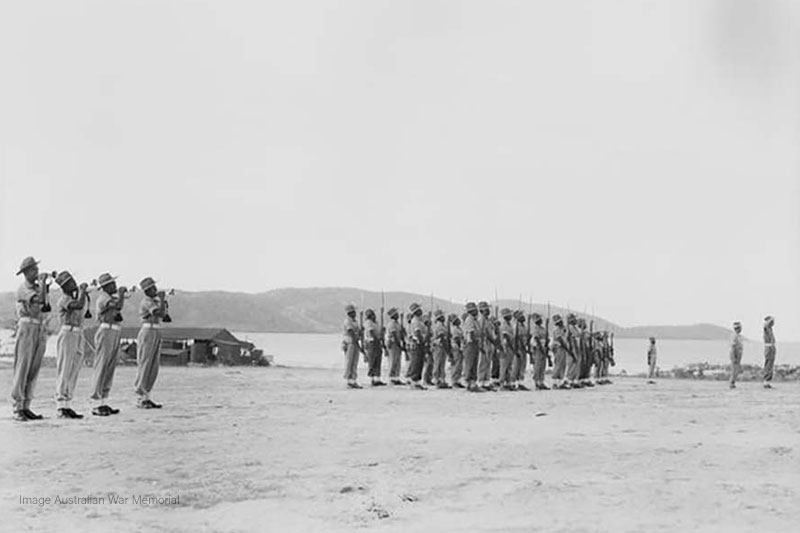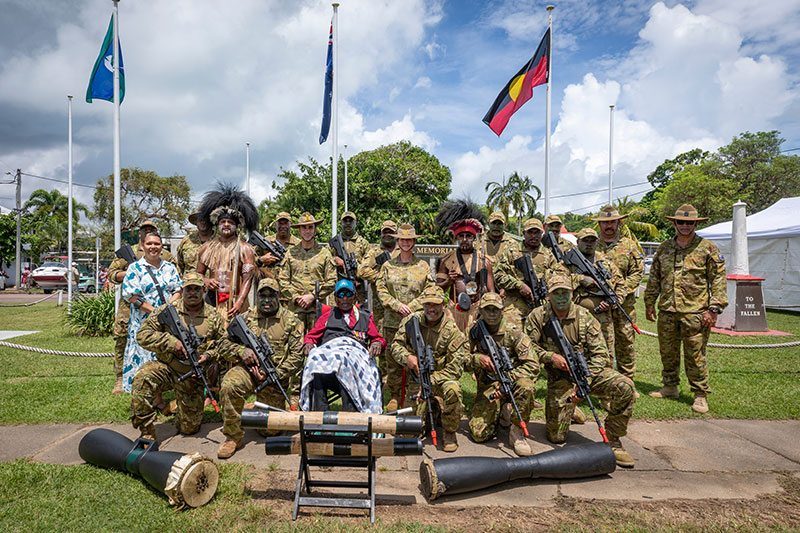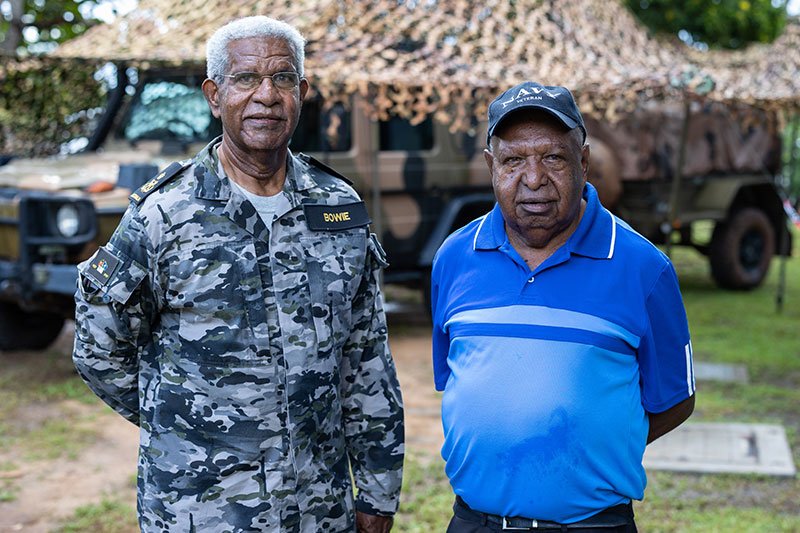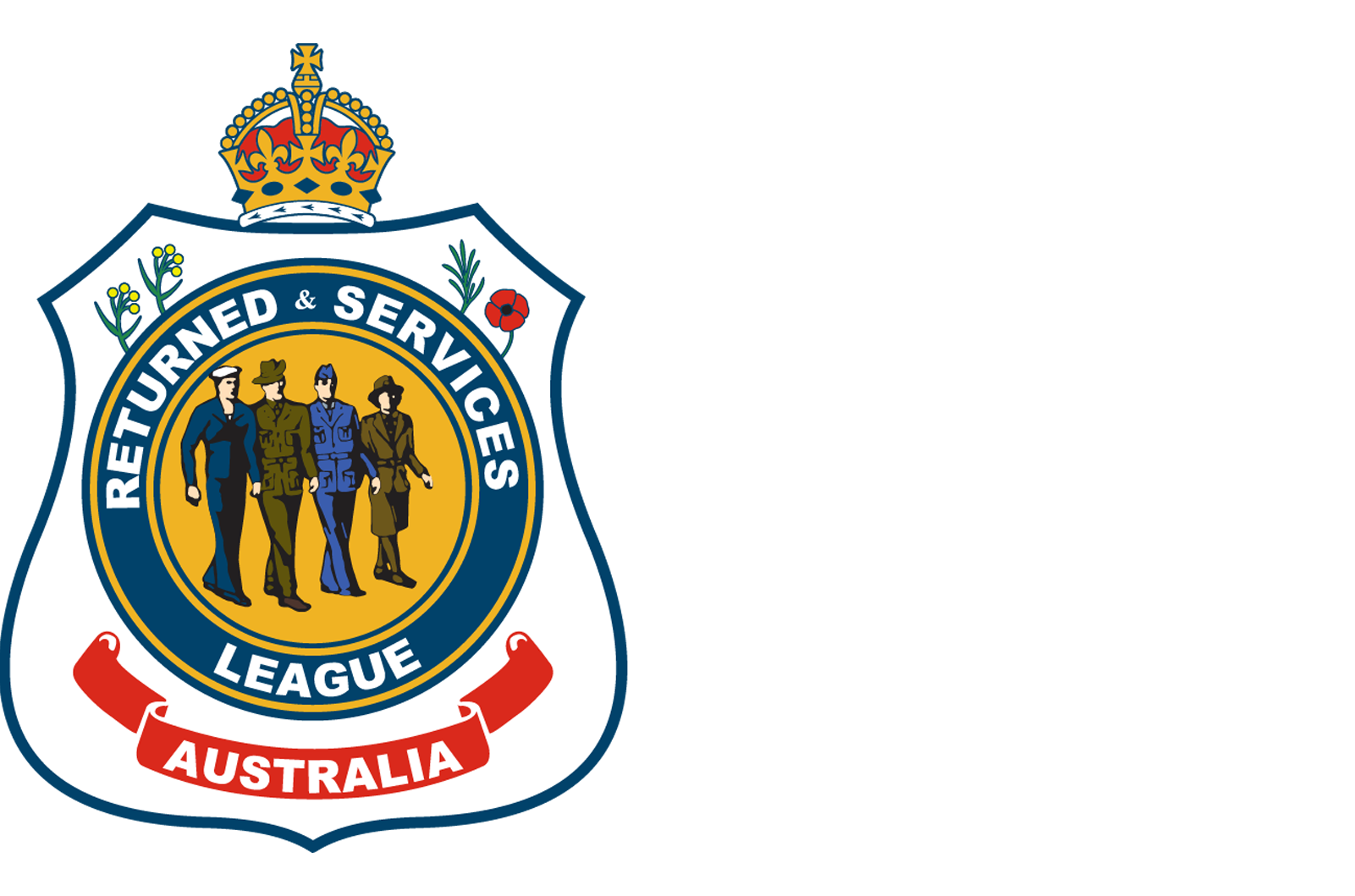10 May 2023
Defenders of the north
Aboriginal and Torres Strait Islanders are advised that the following content may depict or refer to people who have died.
Setting the scene
Aboriginal and Torres Strait Islander Australians have cared for country for more than 65,000 years. As Australia’s first peoples and traditional custodians, they also share a proud and unique history of defence, with thousands serving in every major war, conflict, and peacekeeping operation since the Boer War (1899-1902). Unfortunately, the exact number cannot be determined due to early legislation that prohibited Indigenous Australians from enlisting, which was only abolished in 1949.
The Torres Strait has played a particularly significant role in Indigenous military history. The region served as the base for Australia’s only all-Indigenous military unit, the TSLIB, which was formed to defend Australia’s northern lands during WWII. Virtually all able-bodied men (more than 800 in total) volunteered – the highest rate of enlistment per capita in Australia.
“The Torres Strait has a rich history and a vibrant, diverse culture that spans thousands of years. There are 17 inhabited communities, ranging between several hundreds of people per village,” historian and Army Reservist Vanessa Seekee explains.
“Prior to WWII, there was a lot of pearl shelling with great Japanese and Asiatic influences with diving, as men used trochus boats or pearling luggers to work. While they were away, the women would step up to look after the villages.
“Every family in the Torres Strait has somebody who served in WWII in their family tree. Their legacy is in the sites and stories they’ve left behind and passed down through their families. We’re trying to conserve them for many generations to come through the WWII Conservation Project. It is important to record their stories, pass them down, conserve their sites and honour their memory.”
Today, the Battalion’s legacy lives on through Thursday Island’s (Waibene’s) Sarpeye Warriors of Charlie Company, 51st Battalion, Far North Queensland Regiment.
The anniversary of the Torres Strait Light Infantry Battalion
17 March 2023 marked 80 years since the TSLIB was first raised. This was a special occasion commemorated with ceremonial processions held on Thursday Island (Waibene). One of the last surviving TSLIB veterans, Awati Mau (97), led the parade on Thursday Island, while Mebai Warusam (98) listened to the proceedings via live radio broadcast from his home on Saibai.
Image: Defence Australia | Mr Awati Mau and members of 51 FNQR at the 80th anniversary ceremony of the Torres Strait Island Light Infantry Battalion.
Navy veteran Phillip Bowie was one of the first Torres Strait Islanders to join Bexley in 1965. His grandfather served in the TSLIB, followed by his father and uncle who both supplied water from Bamaga to the troops on Horn Island (Ngurupai). He attended the anniversary event on Thursday Island (Waibene).
“The tradition is that the eldest grandson carries on with the legacy, so the medals my grandfather earned for his time in TSLIB were given to me. I wear them on ANZAC Day and many other occasions such as this one,” Phillip explains.
“Just about the whole of Torres Strait Island men joined up at the time to protect the north, even though we were still under the Aboriginal Protection Act back then. Protecting family was where the passion came from – but this was at a grander scale, because it showed the warrior in our people.”
(Left - Right) Royal Australian Navy Indigenous Elder Petty Officer Phillip Bowie and Navy veteran John Adidi
Phillip believes that the 80th anniversary was a good opportunity to remind the public of the sacrifices Australian veterans gave to make our country safe.
“My passion comes from serving and protecting my country. Indigenous veterans were our role models, and we honour them because of our culture. The anniversary reminds communities of how lucky we are to live in a country where we have everything we could possibly need,” Phillip says.
Recognising the service of Indigenous veterans
Many First Nations Australians proudly served their country before they were legally allowed to vote, access veterans’ benefits, or be recognised as citizens or the traditional owners of this land. Some were also paid less than non-Indigenous soldiers and barred from entering RSLs with their comrades. Despite these injustices, communities such as those in the Torres Strait rally around and support those who enlist in the Defence Force today.
Image: Department of Defence | Members of 51 FNQR perform a traditional dance during the 90th anniversary ceremony of the Torres Strait Island Light Infantry Battalion.
“Military service is integral to the Torres Strait community, with so many volunteers during WWII and every family represented; it’s held in very high regard here, with a lot of our youngsters joining the Army, Navy and Air Force with great pride,” Vanessa says.
Indigenous Veterans’ Ceremony
The annual Indigenous Veterans’ Ceremony recognises all Aboriginal and Torres Strait Islander peoples who have served in Australia’s armed forces.
Join us in person or online to commemorate their invaluable contribution.






